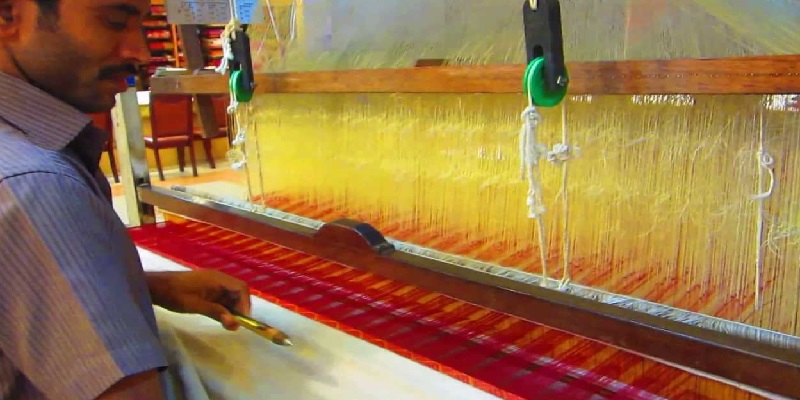Silk saree is one of the classy outfits adored by every woman in the world for every special occasion. It naturally enlightens the atmosphere with its royal and luxurious look. India is the second-largest producer of silk and contributes 18% of its production to the world population. Even Bollywood celebrities prefer Kanchipuram sarees for their weddings and red carpets because of their elegance and charisma. Hence, silk saree never goes off the trend in any season. However, the process involved to produce pure and high-quality silk is tedious. Silk is known as one of the oldest fabrics and is produced with the help of silkworms. Silkworm plays a vital role in manufacturing the silk saree with its utmost elegance. Hence, in this post, listed below are the steps involved in manufacturing the silk.
Sericulture:
The foremost step involved in manufacturing the silk is collecting the healthy silkworms and harvesting the thread. Silk farmers collect healthy moths for production and preserve them in controlled surroundings like cold storage for breeding. The female moths lay 300-500 eggs at a time. Farmers test these eggs and burn the unhealthy egg immediately. By the end of the 7th day, healthy eggs hatch and form cocoons around its body in the 6th week. Each silkworm produces one strand of silk 100 meters long for bridal sarees.
Removal of silk:
The second step in manufacturing the silk is smoothening and extracting the silk. The silkworm is enclosed within the cocoon, and silk farmers separate them according to the shape and size. After sorting, cocoons are put inside the boiling water to smoothen the gum. The silk is removed gently from each cocoon which forms a single strand of silk.
Dyeing:
The next step is dyeing the extracted silk with different colors. The silk is washed and degummed to remove unwanted things. In the traditional dyeing technique, farmers use fruit or indigo plant to color and soak them together. With the help of advanced technology, manufacturers utilize acid dyes to shade the silk. This process takes multiple times for many days till it gets soaked entirely.
Spinning:
Spinning is an essential part of the manufacturing process. Farmers use traditional spinning wheels to spin the material for good quality. Nowadays, manufacturers use ring-spinning, mule spinning, and hand-spinning for this process.
Weaving:
Weaving is the process where two sets of threads are interlocked to form a sturdy piece of material. The spun threads are weaved together to bring the fine quality fabric. It is the most critical process and is done keenly to form the shutters at the right angles.
Hence, even wedding silk sarees below 10000 involve this process to meet its quality. Therefore, the above-said process is essential to obtain high-quality and fine silk.





